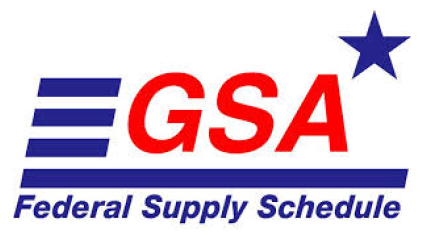In the vast landscape of government contracting, especially for small businesses, the journey can be arduous and competitive. But what if there were avenues that could provide a distinct advantage? Enter the world of small business set asides, with one shining star among them – HUBZone.
Unraveling the Mystery of HUBZone
HUBZone stands for Historically Underutilized Business Zones, and it’s a Small Business Administration (SBA) program strategically crafted to fuel the growth of small businesses operating within these designated zones across the United States. The perks? Preferential access to federal procurement opportunities, otherwise known as government contracts.

The Benefits of HUBZone Certification
The Federal government has set a goal – to allocate a minimum of 3% of its annual federal prime contracts to HUBZone-certified businesses. But that’s not all. These businesses enjoy a 10% price preference when vying for full and open contracts or subcontract opportunities. And as if that weren’t enough, they are also eligible for sole source contracts, further elevating their competitive edge.
Navigating the Geographic Landscape
Where exactly are these HUBZones? The determination is based on census tract data, taking into account various factors like local income levels, unemployment rates, difficult development area status, base closure status, and Indian land status. It’s a dynamic map that evolves with changing data.
To harness the benefits of HUBZone certification, businesses need to meet specific criteria.
The primary business location, where the largest number of employees work, must be within a designated HUBZone. This could be a business headquarters, a regional office, a plant, or a warehouse.
More than 35% of employees must live within a designated HUBZone. Verification of their physical addresses is crucial. Whether on a W-2 or working more than 40 hours a month, individuals are considered employees. Even those working under a 1099 or volunteering may be counted, depending on the nature of their work.
The business must qualify as a small business per the SBA’s definition.
Ownership is a key factor. The business must be at least 51% owned and controlled by U.S. citizens, a Community Development Corporation, an Agricultural Cooperative, or an Indian tribe.
Employee Dynamics: A Critical Aspect
Maintaining HUBZone eligibility hinges on sustaining a workforce where at least 35% of employees reside in a HUBZone. The status is delicate – if a business with 2 employees loses its single HUBZone resident, it becomes ineligible. The ratio adjusts as the employee count increases, emphasizing the need for continuous monitoring.
Applying for HUBZone Certification
The path to HUBZone certification begins with an online application on the SBA website. If accepted, additional documentation and paperwork are required for a thorough review.
HUBZone certification isn’t a lifetime achievement. Businesses must diligently maintain records to showcase compliance. Recertification is mandatory every three years, ensuring ongoing eligibility. As long as the designated area retains HUBZone status, compliant businesses can enjoy the benefits indefinitely.
Delving Deeper: Seek Expert Guidance
For those eager to explore the realm of HUBZone certification, the journey starts with an online application. However, navigating the intricacies might be overwhelming. Seek guidance from contracting experts like Government Contract Services, Inc. at 234-212-3400.
Conclusion:
In the dynamic and competitive world of government contracting, HUBZone certification emerges as a powerful ally for small businesses. Its strategic advantages, coupled with careful eligibility management, pave the way for sustained growth. As you embark on this journey, remember, staying in the zone has never been more rewarding.
FAQs
Is HUBZone certification only for specific industries?
- No, HUBZone certification is available across various industries, offering opportunities for businesses in different sectors.
Can a business lose HUBZone certification if its workforce ratio drops below 35%?
- Yes, maintaining the 35% workforce residency requirement is crucial. Falling below this threshold can lead to loss of HUBZone eligibility.
What happens if a designated HUBZone area changes status during a business’s certification period?
- Businesses must adapt and monitor changes. If the area loses HUBZone status, they may need to explore alternative options or relocate.
Can a business apply for HUBZone certification if it’s not currently situated in a designated zone?
- No, the primary business location must already be within a HUBZone for eligibility.
Are there additional benefits for HUBZone-certified businesses beyond procurement preferences?
- Yes, HUBZone-certified businesses can access exclusive opportunities for sole source contracts, providing a unique advantage in the market.




